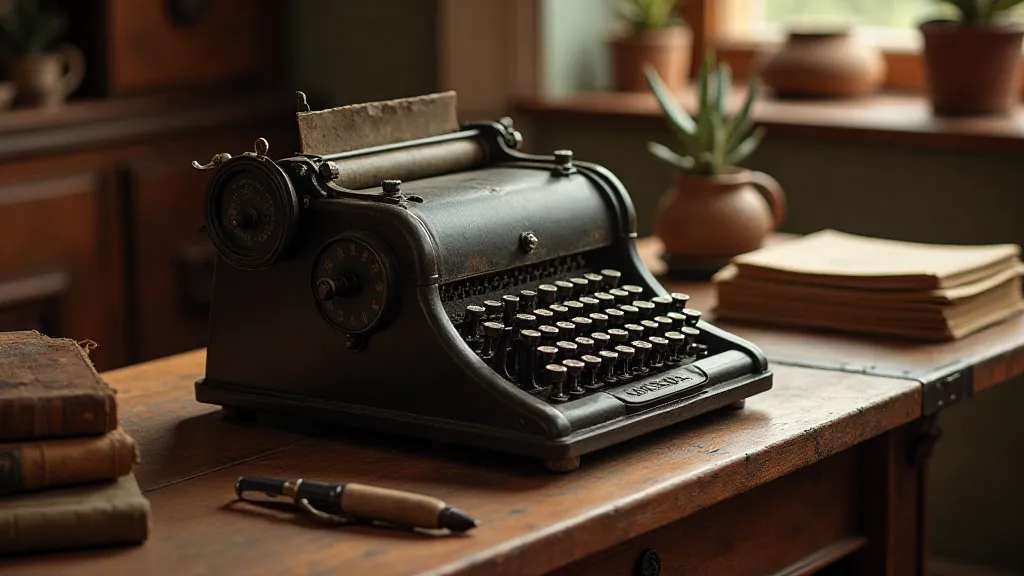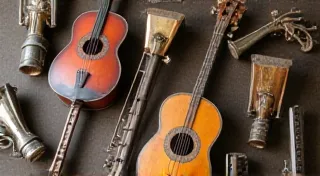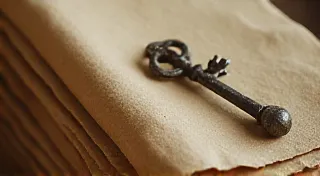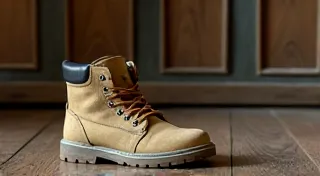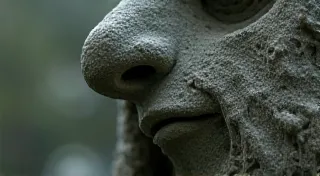Fractured Equations: Reassembling Fragments of Time
The quiet hum of an adding machine – a mechanical lullaby – is a sound largely absent from the modern world. We’re surrounded by instant calculations, complex algorithms humming on silicon chips, but the deliberate, tangible process of an antique adding machine holds a unique fascination. These machines, born of a time when human ingenuity was the primary engine of progress, weren’t just tools; they were testaments to precision, craftsmanship, and the burgeoning age of business. But what happens when that equation is fractured, when a machine lies broken, a collection of disconnected gears and levers?
My first encounter with a truly devastated adding machine was a Brunsviga, a marvel of early 20th-century German engineering. It arrived in a box, more debris than device. The key levers were missing, the carrying mechanism was frozen solid, and the beautifully ornate casing was chipped and tarnished. It wasn't the pristine, functional example I’m accustomed to restoring. It was a puzzle, a challenge – and a silent cry from a forgotten era. The weight of that history felt palpable, a responsibility to try and breathe life back into something so demonstrably significant.
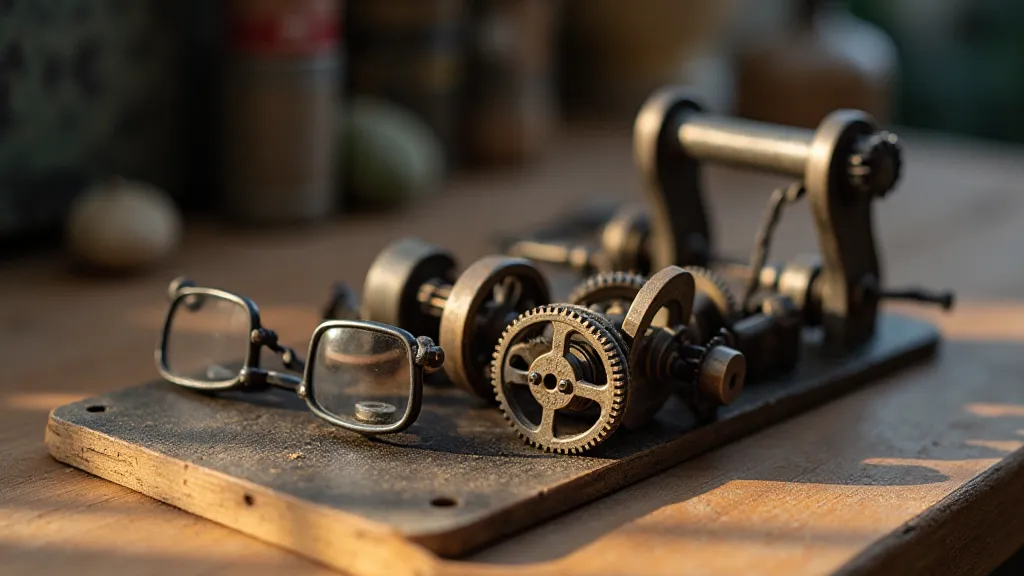
The Detective Work Begins
Repairing incomplete antique adding machines isn't simply about replacing parts. It’s about detective work. Each broken machine tells a story – a story of its use, its neglect, and its journey through time. The first step is meticulous cataloging. Photographing every piece, documenting its condition, and researching its original function is crucial. Often, the missing parts aren't immediately identifiable. A seemingly insignificant fragment might be the key to unlocking the entire mechanism. I’ve spent hours poring over old catalogs, factory schematics (when I’m lucky enough to find them), and patent records, trying to piece together the original design.
The internet is a surprisingly invaluable resource. Online forums dedicated to vintage office equipment are treasure troves of information, populated by knowledgeable enthusiasts eager to share their expertise. These communities offer a sense of shared purpose, a collective passion for preserving these mechanical artifacts. But even with access to these resources, the process can be painstaking, requiring patience, perseverance, and a healthy dose of intuition.
The Ethics of Replacement: Bridging the Gap
The most challenging ethical dilemma arises when original parts are simply unavailable. Fabricating replacement parts is almost always necessary to make a severely incomplete machine functional again. But how faithful should the reproduction be? Should it be a perfect replica, meticulously recreating every detail, even imperfections? Or is a slightly modified part acceptable, one that ensures functionality while acknowledging its non-original status?
There’s a spectrum of opinion within the vintage collecting community. Some purists argue that any alteration diminishes the machine’s authenticity and value. They advocate for preserving machines in their original, even incomplete, state. Others believe that restoring functionality is paramount, even if it requires the use of non-original components. My own approach leans toward the latter, tempered by a deep respect for the original design. I always strive to make reproductions as accurate as possible, using the same materials and manufacturing techniques whenever feasible. But I’m also honest about the machine's history, clearly documenting any non-original parts and their provenance. A machine’s value isn’t solely tied to its originality; it’s also about its story, its functionality, and the knowledge it represents.
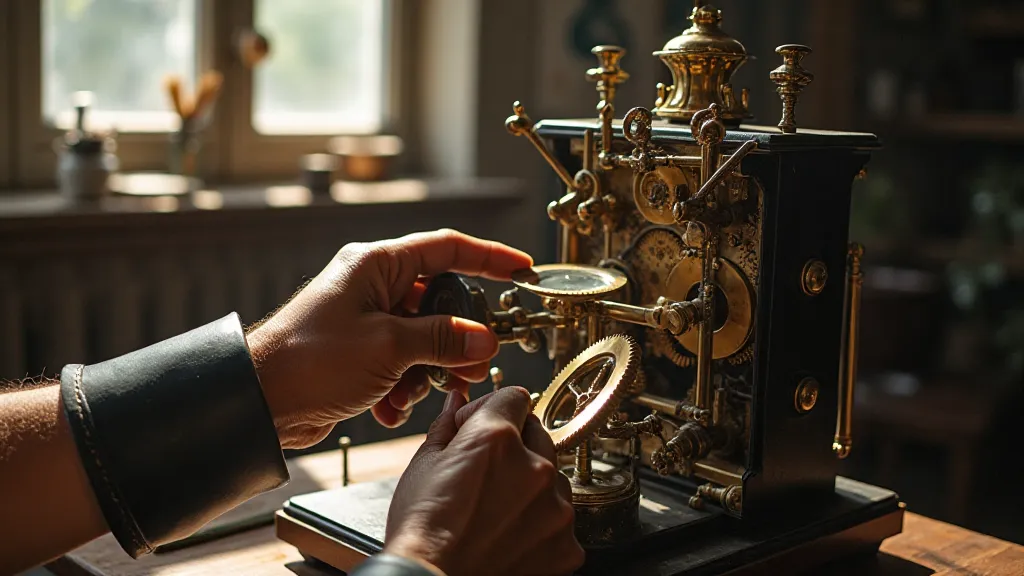
More Than Just Mechanics: The Craftsmanship Echoes
Beyond the mechanical challenges, working on antique adding machines offers a profound appreciation for the craftsmanship of a bygone era. These machines were built to last, constructed from high-quality materials and assembled with an attention to detail rarely seen in modern manufacturing. The gears are precisely cut, the levers are smoothly polished, and the casings are often adorned with intricate engravings or decorative inlays. It’s a tangible connection to the skilled artisans who poured their expertise and artistry into each component.
Consider the Brunsviga, the machine that started my journey into restoration. Its casing was made of heavy-gauge sheet metal, meticulously stamped and finished. The key levers were crafted from solid brass, with precisely shaped ends designed to engage with the carrying mechanism. Even the smallest screws were of a superior quality, carefully threaded and securely fastened. These weren't mass-produced items; they were products of a time when craftsmanship was valued above all else.
A Legacy of Calculation and Ingenuity
Repairing antique adding machines is more than just a hobby; it’s a form of historical preservation. These machines represent a pivotal moment in human history – a transition from manual calculation to mechanized computation. They were the precursors to the electronic calculators and computers that now dominate our lives. By restoring them, we’re not just preserving pieces of machinery; we’re preserving a legacy of calculation, ingenuity, and human endeavor.
The quiet hum of a fully restored antique adding machine is a sound that connects us to the past, a reminder of the ingenuity and craftsmanship that shaped our world. It's a sound that whispers stories of commerce, innovation, and the enduring power of human curiosity. And, perhaps most importantly, it’s a sound that encourages us to appreciate the beauty and complexity of the mechanical world, a world that continues to inspire and amaze, even in the age of digital computation.
